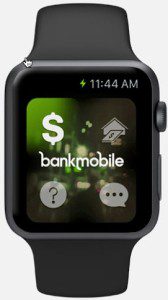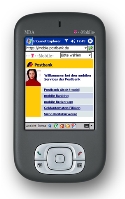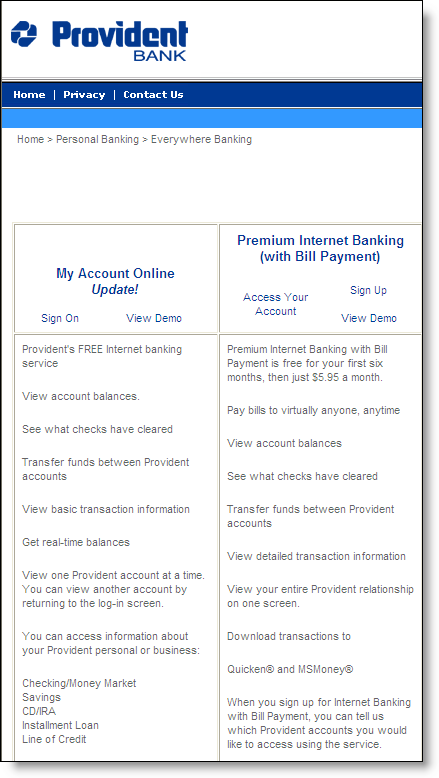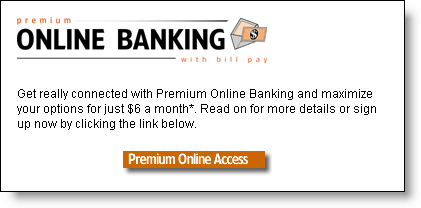 You can’t imagine how many times I’ve gone to Google looking for results to “bank + VIP” and similar searches. The bifurcation of digital banking into a free standard service and a fee-based gold version has been one of my longest-standing, and so far, lousiest predictions (for example, my 2006 rant). So I was pretty intrigued when I saw the email pitch from BankMobile’s PR folks about its new VIP offering (press release).
You can’t imagine how many times I’ve gone to Google looking for results to “bank + VIP” and similar searches. The bifurcation of digital banking into a free standard service and a fee-based gold version has been one of my longest-standing, and so far, lousiest predictions (for example, my 2006 rant). So I was pretty intrigued when I saw the email pitch from BankMobile’s PR folks about its new VIP offering (press release).
The digital-bank division of Pennsylvania-based Customers Bank (powered by Finovate alum, Malauzai), which has grabbed 3,000 accounts in its first four months, added two perks to anyone who drops $1,500 or more into their checking account each month:
- ATM rebates: Unlimited reimbursement for use of any of 400,000 U.S. ATMs
- Free Financial Coach: Unlimited consults with a financial adviser
The ATM rebate is pretty standard and makes sense for a digital-only player. But the unlimited free financial coaching is a unique feature I’ve not seen before.
On the surface, it’s an awesome benefit. Who doesn’t want the ability to check in with “a person with a wealth of knowledge and tools to help you reach your financial goals”? But, it’s going to take some effort to convince BankMobile’s young customer base to trust these advisers. I am hopeful the bank will get those folks blogging, tweeting, facebooking, instagramming and just generally answering customer questions in public to build credibility.
Final thoughts: I think BankMobile is on to something here: recognizing loyal direct-deposit users with additional benefits. But I also think the bank should add a monthly or annual fee for the VIP option. Like many card programs, the fee can (should?) be waived the first year (or more). The fee would give the account more credibility, more perceived value and eventually measurable revenue that can be plowed back into more value-adds.































